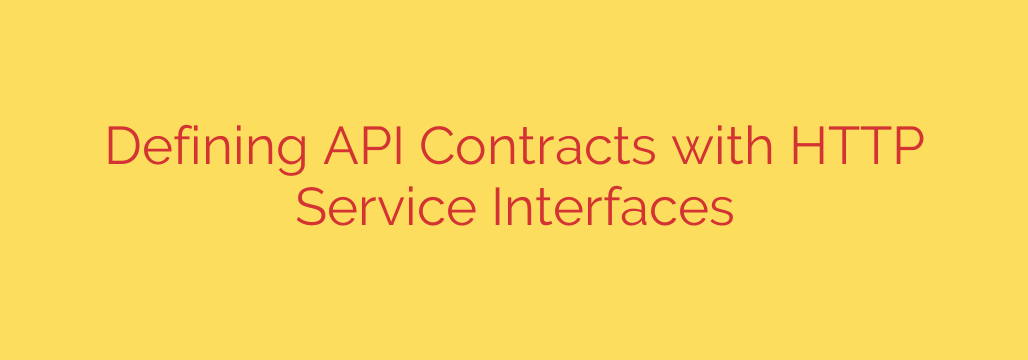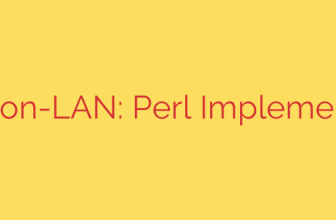
Building robust and maintainable web services hinges on having a clear, shared understanding between the service provider and its consumers. This understanding is formalized through the concept of an API contract. For HTTP services, specifically, this contract defines the precise rules of interaction, outlining everything a client needs to know to successfully communicate with the server.
A well-defined HTTP service interface serves as the blueprint for this contract. It specifies the available endpoints, the HTTP methods (like GET, POST, PUT, DELETE) that can be used with each endpoint, the structure and types of data expected in requests, and the structure and types of data that will be returned in responses. Crucially, it also covers aspects like authentication mechanisms, potential error codes and their meanings, and possibly details on request headers and response headers.
The importance of rigorously defining API contracts cannot be overstated. It acts as the single source of truth, preventing misunderstandings that lead to integration headaches and bugs. By establishing this formal definition, development teams working on the client and server sides can work independently, confident that their components will fit together correctly when integrated.
Standard specifications like the OpenAPI Specification (formerly Swagger) have become industry benchmarks for creating these definitions. These specifications provide a language-agnostic format (usually YAML or JSON) to describe the entire API, making it machine-readable. This machine-readable format is incredibly powerful.
The benefits of using such specifications to define your API contract are numerous. Firstly, it drastically improves the developer experience for consumers of your API by providing clear and comprehensive documentation that can be automatically generated from the definition file. Secondly, it enables powerful tooling; you can generate client libraries and server stubs automatically, significantly speeding up development. Thirdly, it facilitates automated testing; test cases can be derived directly from the contract, ensuring compliance and catching breaking changes early. Finally, it is essential for managing backward compatibility and API versioning, allowing providers to communicate changes and deprecations clearly.
Ultimately, investing time and effort in defining a precise and complete HTTP service interface through a formal API contract using established standards is fundamental to building reliable, scalable, and easy-to-consume web APIs. It fosters better communication, reduces integration costs, and lays the groundwork for a more resilient system.
Source: https://itnext.io/utilizing-http-service-interfaces-to-define-api-contracts-between-web-servers-and-clients-a0c299678e9f?source=rss—-5b301f10ddcd—4








